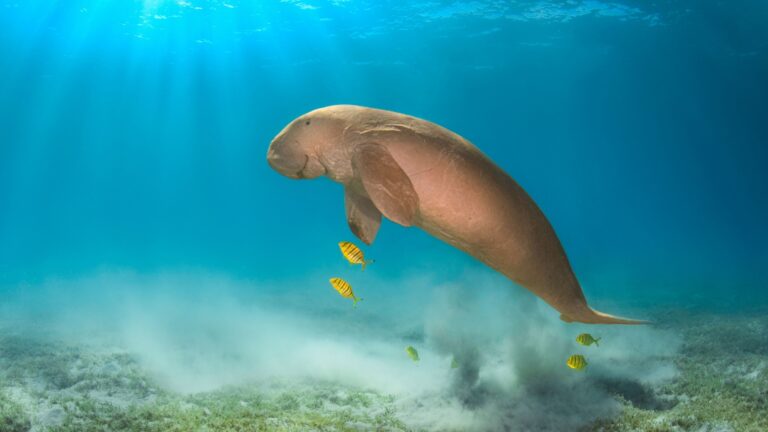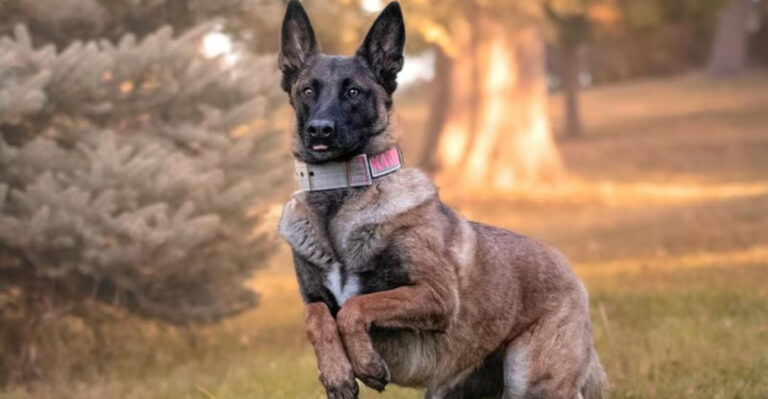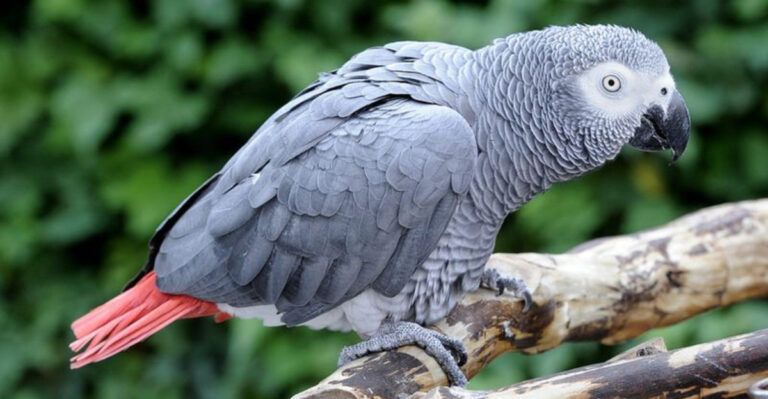Might Of The Wild: Here Are The 19 Largest Mammals On Earth
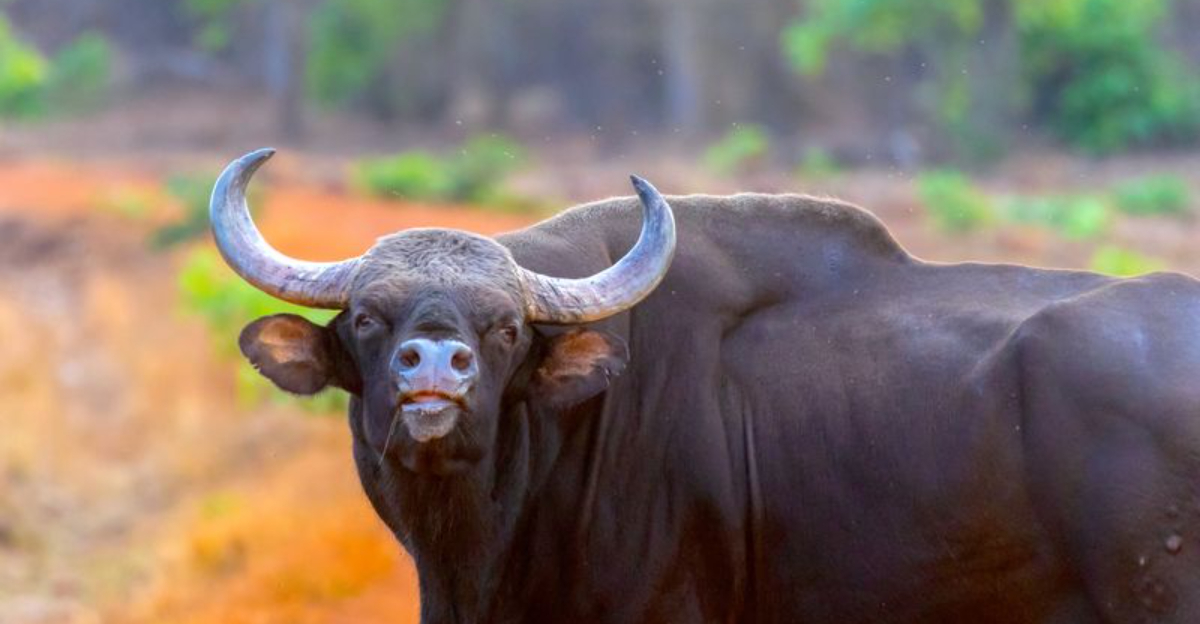
Our planet hosts some truly magnificent creatures that inspire awe with their sheer size and power. These massive mammals roam across continents and oceans, each adapted perfectly to their environment despite their enormous proportions.
From the depths of the oceans to the vast savannas, these gentle giants showcase nature’s incredible ability to evolve remarkable species that capture our imagination.
1. Blue Whale
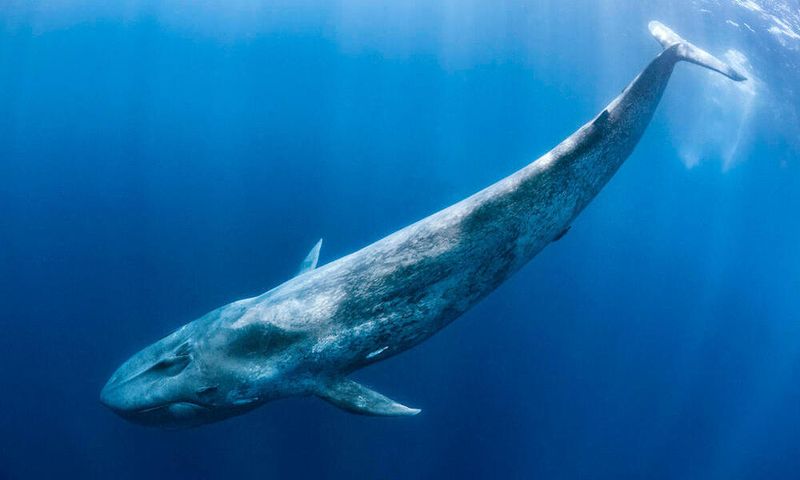
Weighing up to 200 tons and stretching longer than a basketball court, nothing comes close to this ocean giant. Their hearts alone are the size of a small car!
Despite their enormous size, these magnificent creatures feed almost exclusively on tiny krill, filtering tons of seawater through specialized plates in their mouths called baleen.
2. Fin Whale
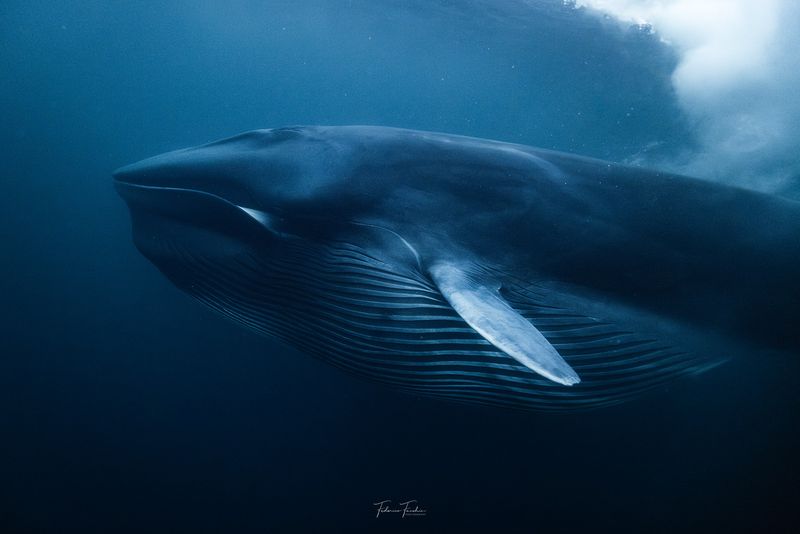
Often called the ‘greyhound of the sea,’ these sleek giants can swim at impressive speeds of 23 mph despite their massive 80-ton bodies. Their distinctive asymmetrical coloring includes a white right jaw and dark left jaw.
Found in all oceans, these incredible mammals can live up to 90 years and make sounds louder than a jet engine to communicate across vast distances.
3. Southern Right Whale
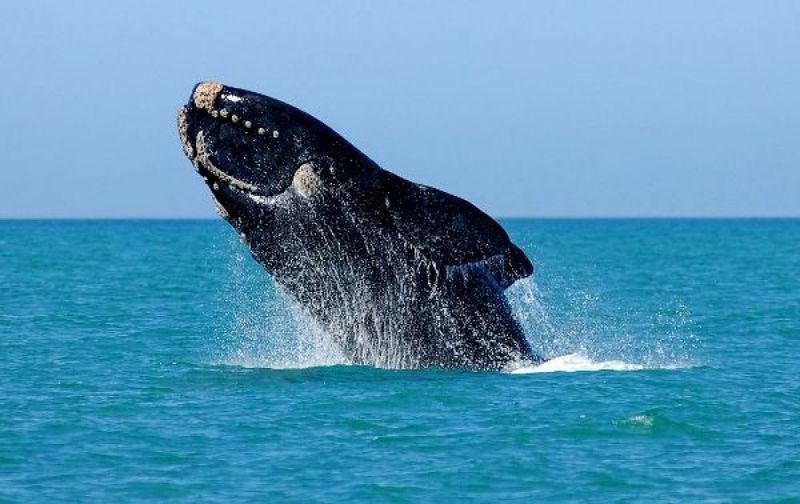
Covered in strange white growths called callosities, these whales are living maps for researchers who can identify individuals by these unique patterns. They were named ‘right’ whales because whalers considered them the ‘right’ whale to hunt.
When relaxing, these giants float at the surface with their tails down and flippers up – a behavior called ‘sailing’ that looks like they’re enjoying a leisurely day at sea.
4. Bowhead Whale
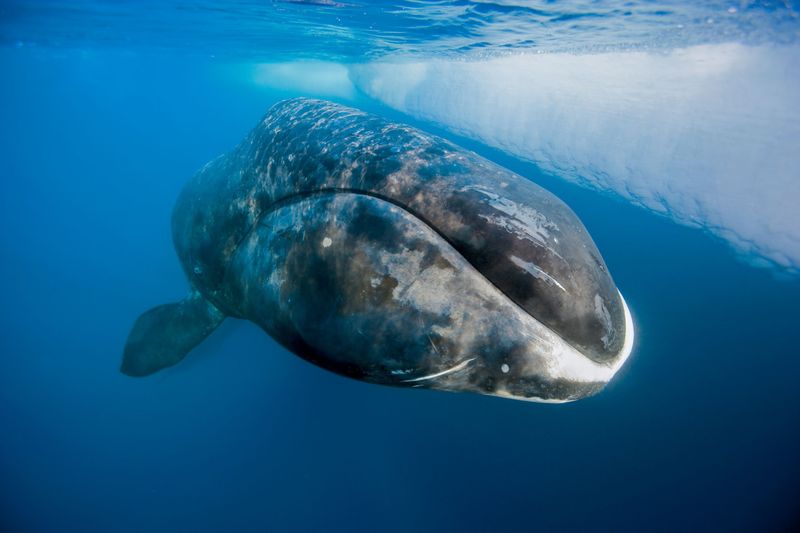
Breaking through Arctic ice with their massive skulls, these cold-water specialists boast the animal kingdom’s longest lifespan. Some individuals have lived over 200 years, meaning whales alive today may have witnessed the sinking of the Titanic!
Their massive mouths can stretch one-third of their body length, and they possess the thickest blubber of any animal – up to 20 inches thick for insulation in frigid waters.
5. Sperm Whale
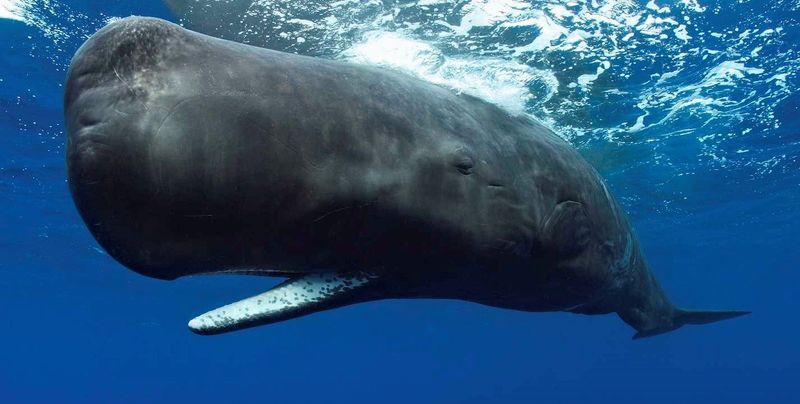
Famous for their massive square-shaped heads filled with the world’s most powerful natural sonar system. These deep-diving champions can plunge over 3,000 feet in search of giant squid.
Their distinctive clicking communications are so powerful they can stun prey and potentially even harm human divers. The waxy substance in their heads, called spermaceti, was once highly prized for oil lamps and cosmetics.
6. African Elephant
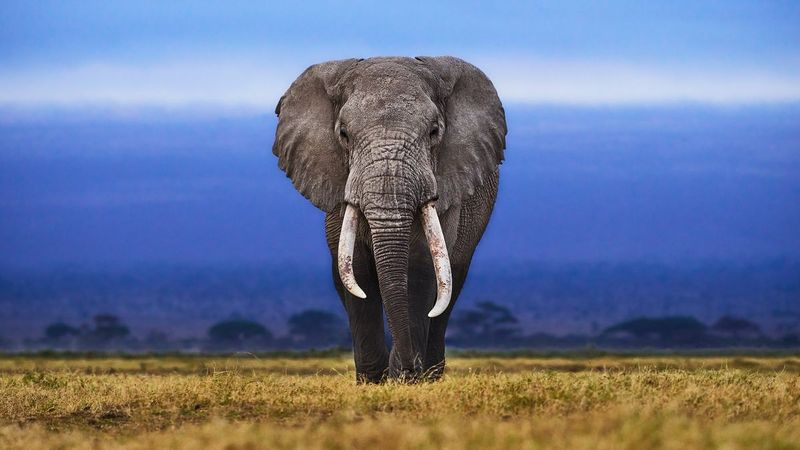
Sporting ears shaped remarkably like the African continent, these land giants can detect infrasound rumbles through their feet from miles away. A single trunk contains over 40,000 muscles and can lift objects weighing nearly 700 pounds.
Family matriarchs lead herds with wisdom accumulated over decades, remembering ancient migration routes and water sources through generations. Their remarkable memory isn’t just a saying – it’s a survival strategy in harsh environments.
7. Asian Elephant
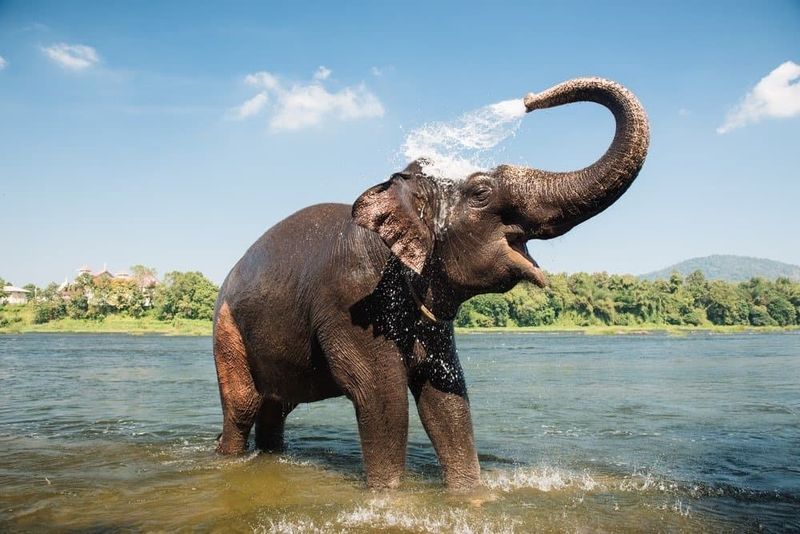
Slightly smaller than their African cousins but equally impressive, these forest-dwelling giants have been working alongside humans for thousands of years. Their smaller, rounded ears and twin-domed heads distinguish them from African elephants.
Highly intelligent problem-solvers, they’ve been observed using tools and even creating drawings when provided with paintbrushes. Ancient cultures across Asia revered them as symbols of wisdom, strength, and good fortune.
8. White Rhinoceros
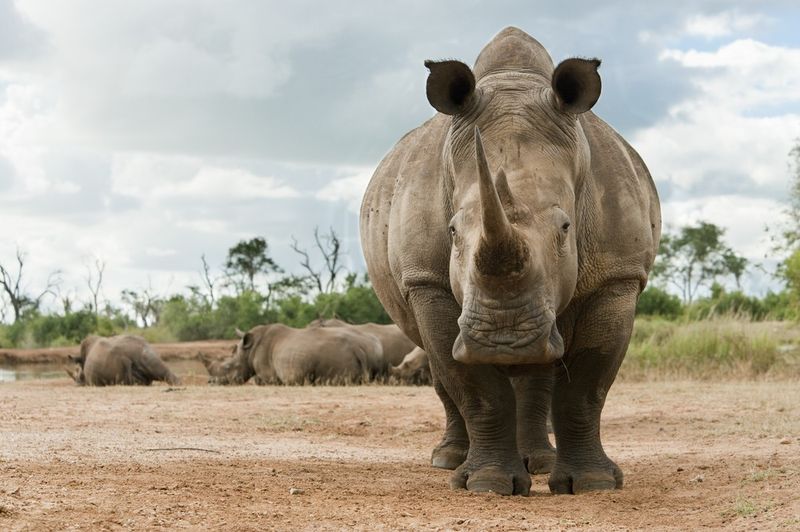
Don’t let the name fool you – these giants aren’t white at all! The name comes from a mistranslation of the Dutch word ‘wijd’ meaning ‘wide,’ referring to their square upper lip designed for grazing grasses.
Second only to elephants in land mammal size, these armored tanks can weigh over 7,000 pounds. Despite their intimidating appearance and massive horns, they’re generally peaceful grazers with poor eyesight but excellent hearing and smell.
9. Indian Rhinoceros
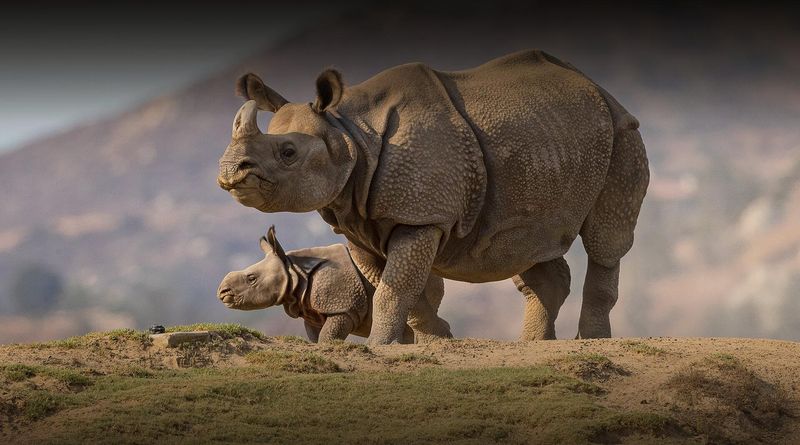
Wearing what looks like medieval armor, these one-horned giants sport distinctive skin folds that appear bolted together. Ancient traders once sold their horns as unicorn horns to unsuspecting Europeans.
Males establish territories by creating massive dung piles called middens, which they visit regularly to refresh. Despite weighing up to 4,000 pounds, these prehistoric-looking creatures can sprint at speeds up to 35 mph when threatened.
10. Hippopotamus
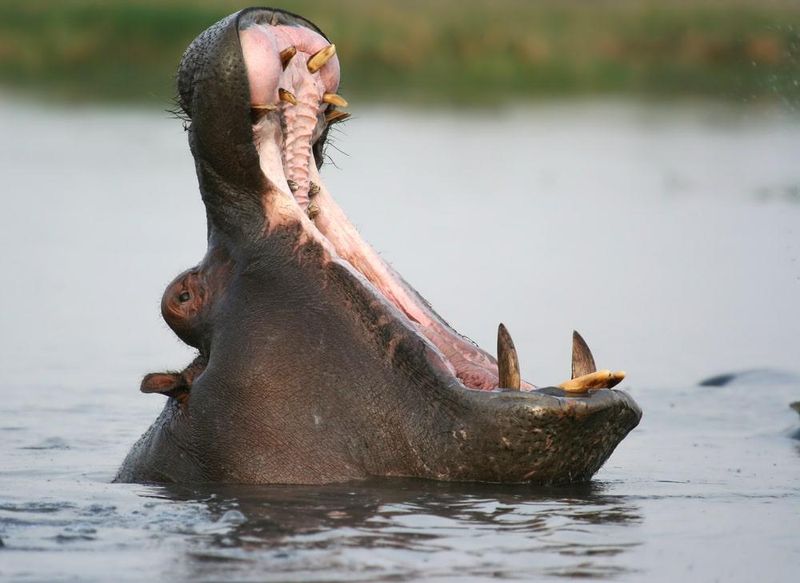
Beneath the water’s surface lurks Africa’s deadliest large mammal, responsible for more human fatalities than lions or crocodiles. Their massive jaws can open 180 degrees and deliver a bite force stronger than a lion’s.
Despite their bulky appearance, these semi-aquatic giants are surprisingly agile underwater. Their skin secretes a natural red substance that acts as both sunscreen and antiseptic – leading to ancient myths about hippos sweating blood.
11. Giraffe
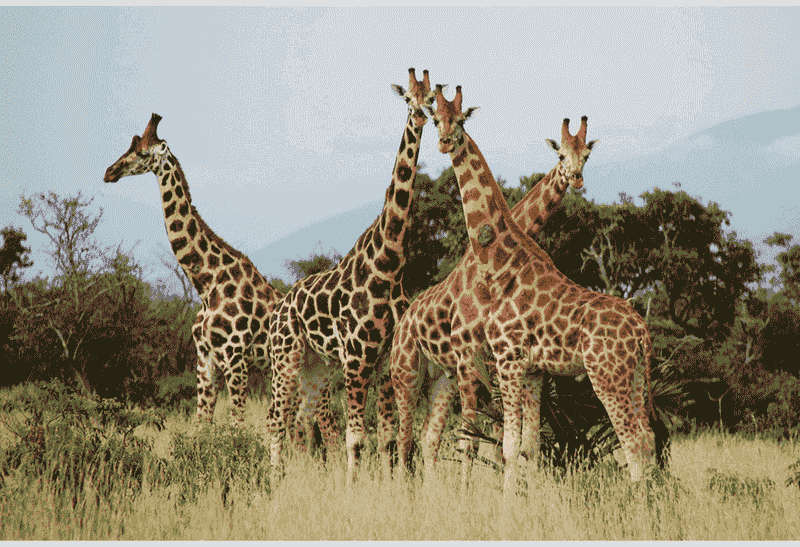
Reaching heights of 19 feet, these gentle browsers have the animal kingdom’s most extreme adaptation for high-altitude feeding. Their hearts generate twice the blood pressure of other mammals to pump blood all the way up those incredible necks!
Each spotted pattern is as unique as a human fingerprint. When they do sleep (only about 30 minutes daily), they typically curl their necks around to rest their heads on their own hindquarters.
12. Walrus
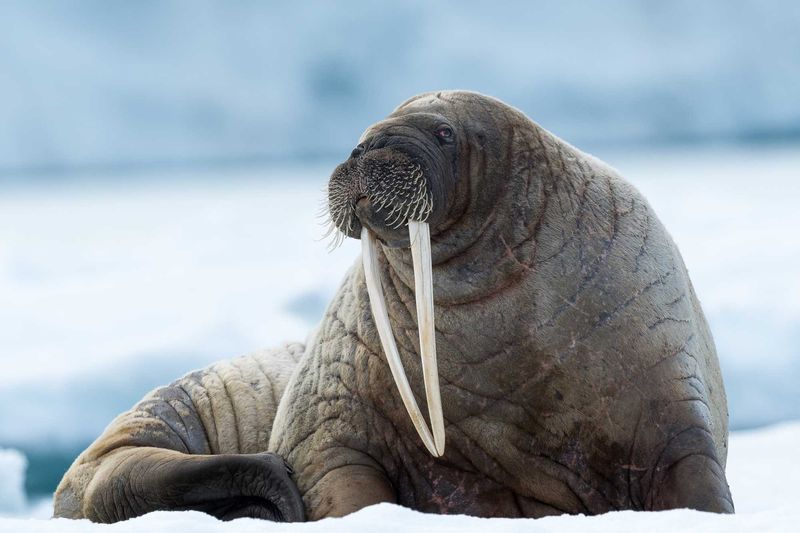
Equipped with whiskers sensitive enough to detect tiny clams buried in seafloor sediment, these blubbery Arctic giants can weigh up to 4,400 pounds. Their famous tusks – actually elongated canine teeth – can grow three feet long and serve multiple purposes.
Masters of the icy seas, they use those impressive tusks to haul their massive bodies onto ice floes and establish social dominance. Their thick layer of blubber keeps them warm in freezing waters and can be up to 6 inches thick.
13. Moose
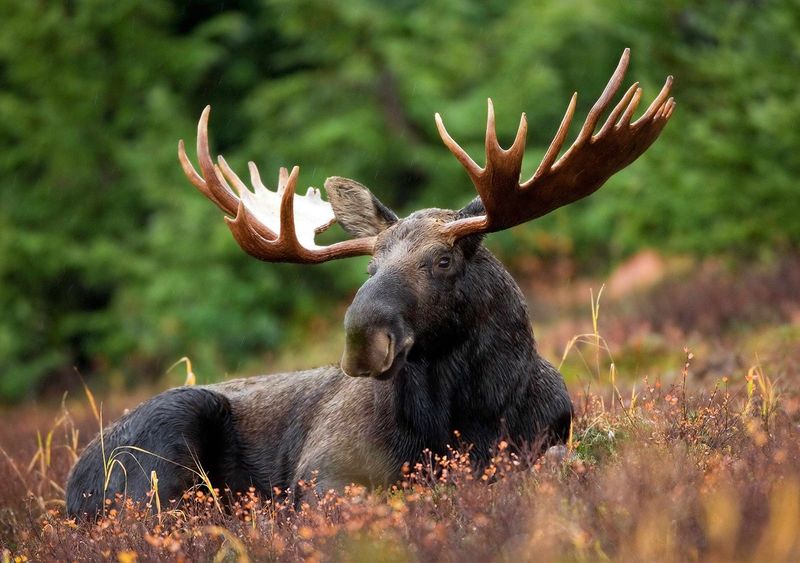
Standing taller at the shoulder than many horses, these forest giants sport antlers spanning up to 6 feet across. During mating season, males battle dramatically, clashing their massive headgear while standing on hind legs.
Surprisingly excellent swimmers, they can dive more than 16 feet underwater to feed on aquatic plants. Their long legs and splayed hooves act like snowshoes, allowing them to navigate deep snow that would trap other animals.
14. American Bison
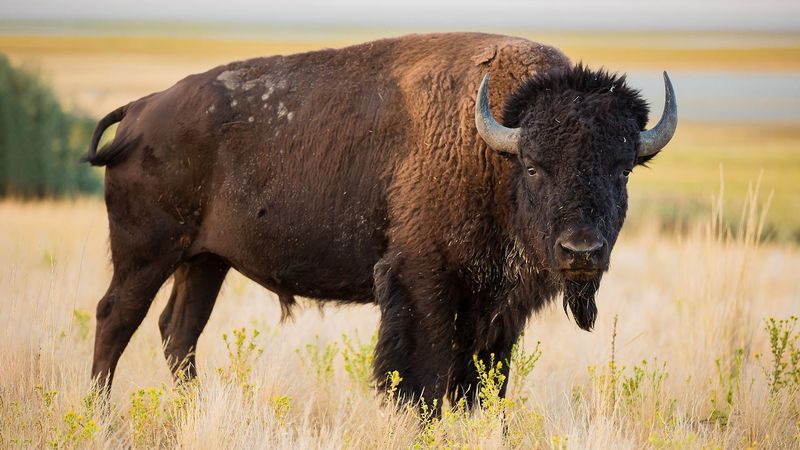
Once thundering across North America in herds of millions, these shaggy giants nearly vanished forever due to mass hunting. Their massive heads and shoulders are designed to plow through deep snow, creating paths that other animals follow.
Despite weighing up to 2,000 pounds, they can sprint at 35 mph and jump six feet vertically. Their thick winter coats are so well-insulated that snow can accumulate on their backs without melting from body heat.
15. Grizzly Bear
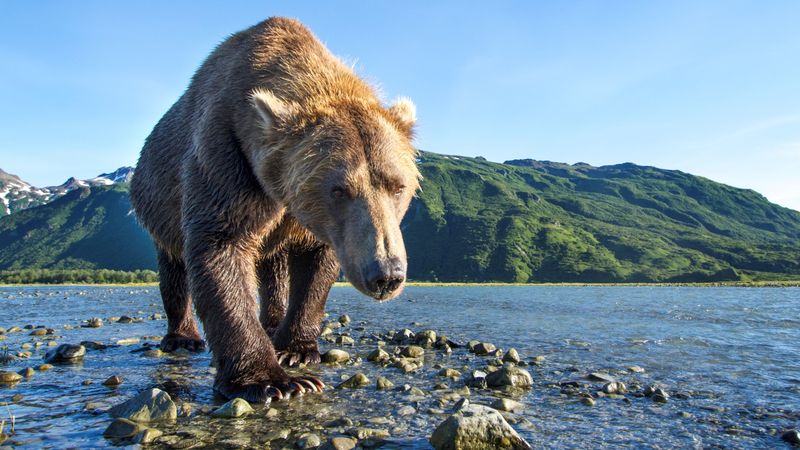
Named for their ‘grizzled’ silver-tipped fur, these North American icons have shoulder humps of pure muscle that power their incredible digging ability. Their sense of smell is seven times better than a bloodhound’s – they can detect food from miles away!
Despite their fearsome reputation, plants make up about 80% of their diet. Those famous claws can grow up to four inches long and are primarily used for digging roots and turning over rocks rather than hunting.
16. Polar Bear
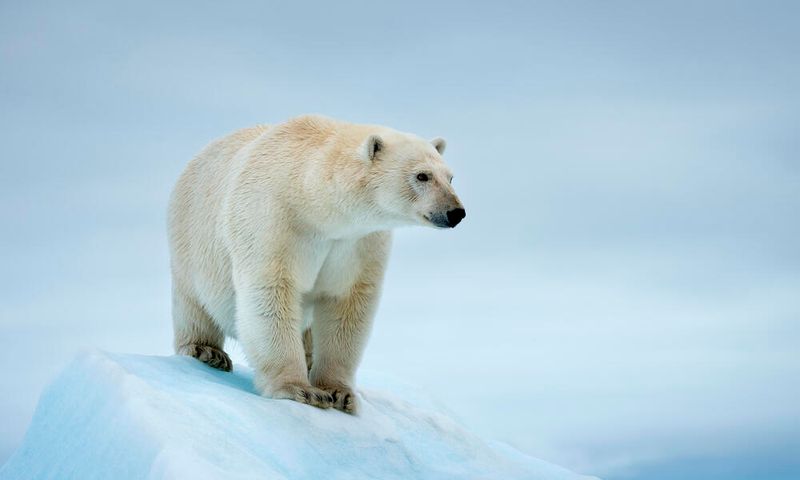
Beneath that iconic white fur lies black skin that absorbs heat from the sun, while a thick layer of blubber provides insulation in the harshest environment on Earth. They’re such powerful swimmers that researchers have tracked them covering distances of 400+ miles without rest.
Unlike other bears, polars are true carnivores that rely almost exclusively on seals for survival. Their massive paws can measure 12 inches across – nature’s perfect snowshoes for distributing weight on thin ice.
17. Gaur
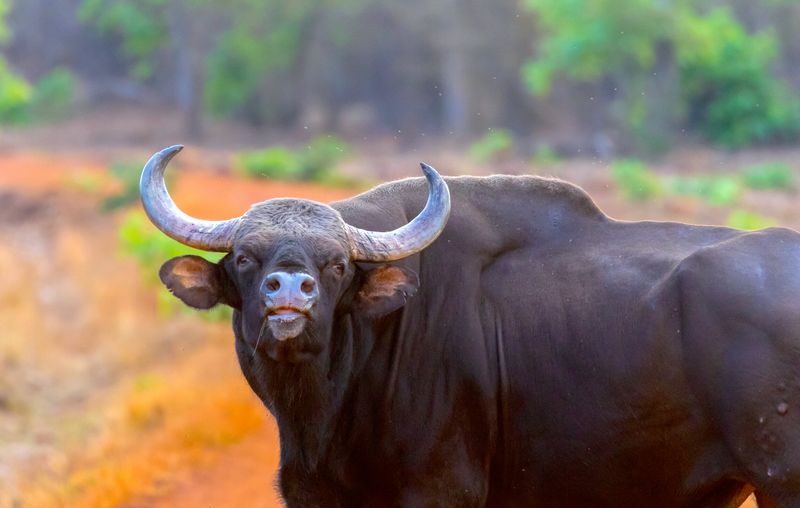
Rarely seen but impossible to forget, these massive wild cattle stand over 7 feet tall at the shoulder and can weigh more than a small car. Their distinctive ridge along the back creates a dramatic silhouette in the forests of South Asia.
Despite their intimidating size, they’re typically shy and avoid humans. Males sport massive horns that curve upward and can span 3 feet between tips. Their powerful bodies allow them to crash through dense jungle vegetation with ease.
18. Orca
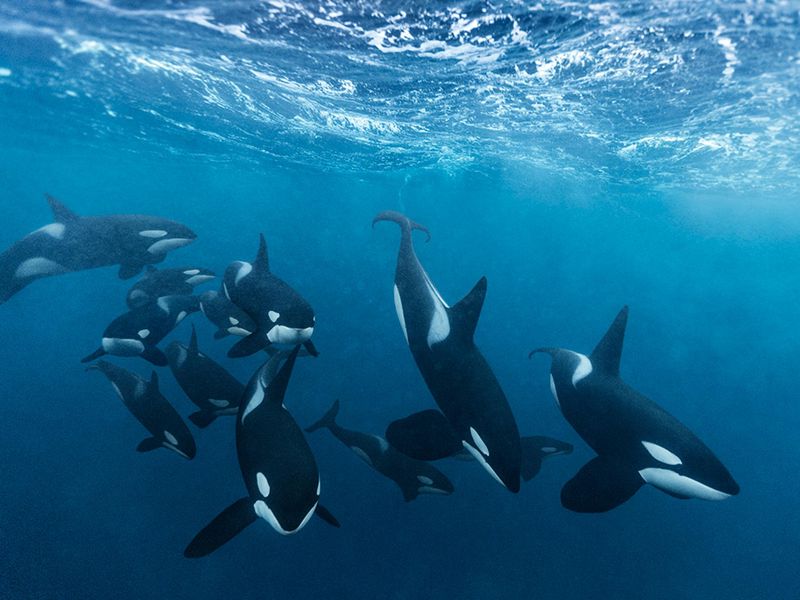
Known as ‘wolves of the sea,’ these black-and-white hunters work in tight family pods using sophisticated hunting strategies passed down through generations. Their distinctive dorsal fins can reach 6 feet tall in males – taller than most humans!
Despite being called ‘killer whales,’ they’re actually the largest members of the dolphin family. Different populations have developed specialized diets and hunting techniques, essentially creating distinct cultures within the same species.
19. Siberian Tiger
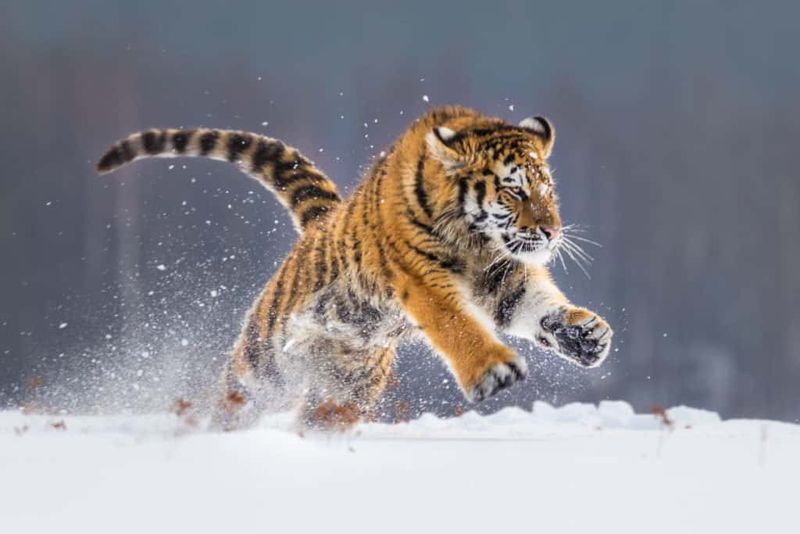
Perfectly adapted for the harsh Russian winters, these striped giants have thicker fur and more body fat than their tropical cousins. Their massive paws act like natural snowshoes, spreading wide to distribute weight when stalking through deep snow.
Each tiger’s stripe pattern is as unique as a human fingerprint. A single swipe from their powerful foreleg can break a bear’s spine, yet they move with such stealth that they can approach prey silently even through crunchy snow.


